HUAWEI's New Flagship Camera Phone Makes Me Want To Drop My Mirrorless Camera
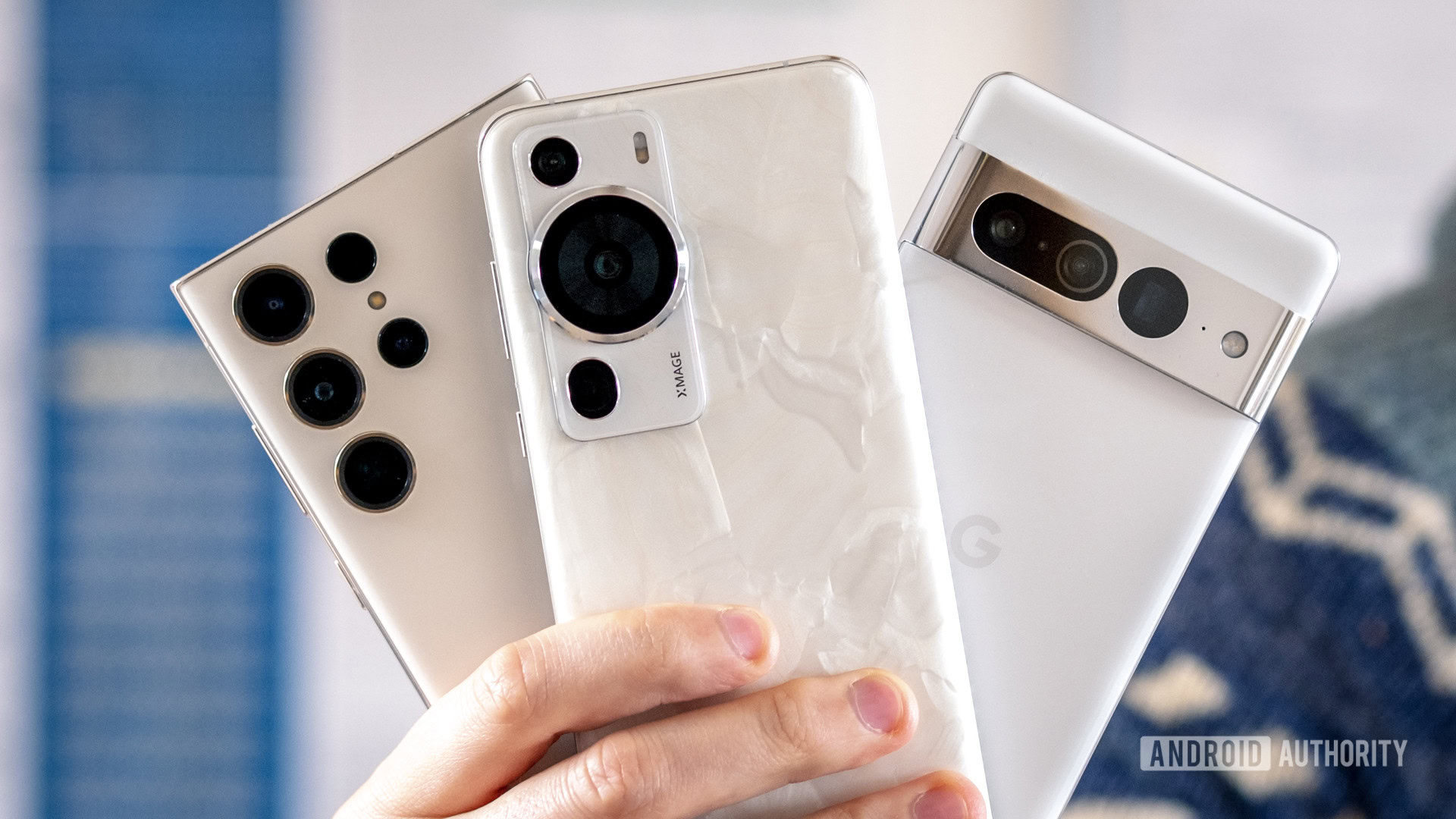
Robert Triggs / Android Authority
If you're looking for a great camera phone, HUAWEI is still tied for the best in the business. Its latest flagship phone, the HUAWEI P60 Pro, has finally left China and landed in European and other global markets. I picked him up and pointed the camera at his steps.
While the mighty Pixel and Galaxy may get more attention than the best all-around phones, is the HUAWEI P60 Pro still worth the attention and maybe even the photography-obsessed hard-earned money? Let's find out.

Huawei P60Pro
Great camera • Fast loading • Nice design
One of the best Huawei smartphones.
HUAWEI's reputation as a reliable photographer is confirmed once again by the P60 Pro. The phone's low-light, zoom, and manual functions match and even surpass those you'll find on other smartphones focused on high-end photography. If you are serious about mobile photography and want a smartphone that won't let you down, the HUAWEI P60 PRO should be on your shortlist.
About this HUAWEI P60 Pro review: I tested the HUAWEI P60 Pro for 10 days. The device is provided by HUAWEI, but the company has no say in published content.
HUAWEI P60 Pro: the camera with the connected phone
With the possible exception of Sony, HUAWEI dives deeper than any other smartphone brand when it comes to the finer details of mobile photography. Creating a package of first-class photos isn't just about megapixel count or complicated algorithms. After all, touch technology has its subtleties, such as pixel configuration and autofocus, selecting the camera's focus point which gives flexibility at different zoom levels, not just at long distances, and implementing all of this in software that helps photographers approach creatively without getting into mode.
This year's flagship still sports a 48MP RYYB main sensor (instead of traditional RGB), OIS, 25mm focal length, and variable aperture from f/1.4 to f/4.0. Similarly, a similar 48MP RYYB sensor is used in a 3.5x periscope zoom camera that includes sensor-shift optical image stabilization, a large f/2.1 aperture, and a 90mm focal length.
Completing the package is a 13MP ultra-wide-angle camera with nf/2.2 aperture and 13mm ultra-wide-angle focal length. The selfie camera is a 13MP camera with another very wide field of view. You see a similar setup, but not quite the same on last year's HUAWEI Mate 50 Pro. It's not really a revolutionary formula, but HUAWEI has perfected this setup over the past few years, turning it into one of the strongest formulas in the industry.
However, this device is only the beginning. The HUAWEI XMAGE algorithm provides telephoto night vision, ultra-high-resolution zoom, and portrait based on computer photography. Open the HUAWEI camera app and you will see six camera tabs and 14 additional modes under the Advanced tab. While most include the usual photo, portrait, video, and night settings found on most phones, the camera experience really opens up in Pro mode.
Here you'll find options for ISO, white balance selection, 48MP RAW image output, and variable aperture control, giving experienced photographers complete control over how their photos look. We could spend years researching all these different options, but let's see what the HUAWEI P60 Pro can do out of the box.
HUAWEI P60 Pro Camera Review: The Only Camera You Need?
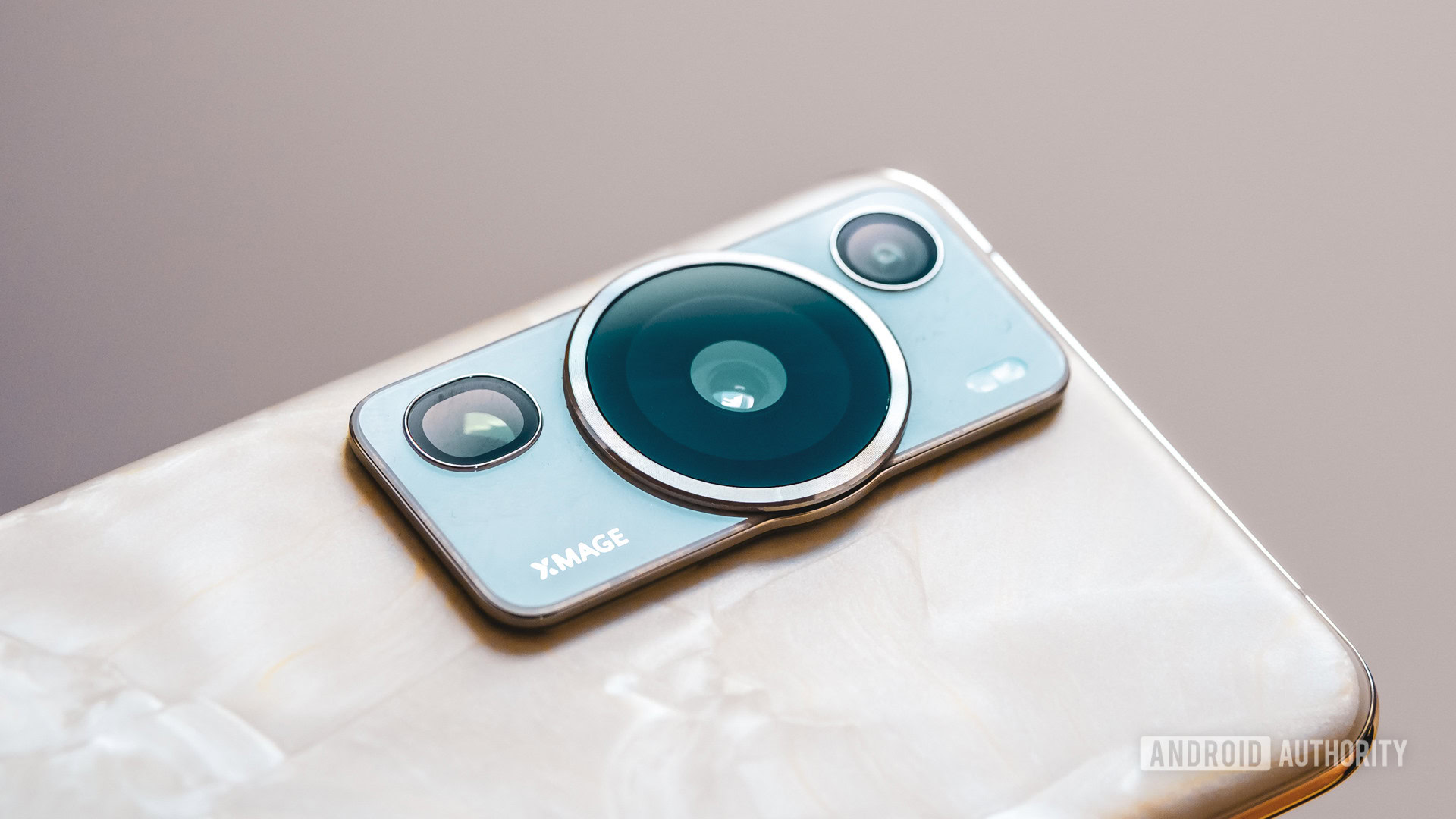
Robert Triggs / Android Authority
As you'd expect from HUAWEI, the P60 Pro excels at daylight photography no matter what lens you use. The colors of the photos are a bit grainy, but not overpowering, making them ideal for direct printing on social media. It's important to note that there's minimal noise signature for a smartphone camera, and over-sharpening isn't too bad. Details are well preserved on closer inspection, although there are signs of HUAWEI's powerful processing algorithms on closer inspection. You'll occasionally notice motion artifacts and high-contrast fringing, meaning fine details aren't quite as fine as on a DSLR. Not that it detracts from the phone in any way.
HDR and low light shooting are special features of prime lenses. Whether you're shooting in bright light or in the face of virtual darkness, the P60 Pro always takes an open photo, and you rarely need to use your phone's night mode. However, the phone's ability to take photos in complete darkness means that your photos may not always look like the real thing. See the example of the night sky above. My only complaint about the setup is that the shadows can be too light at times, resulting in a slightly flat image. Fortunately, this rarely happens; phones usually provide good contrast, as you can see in the sunset shot above.
A little note about the main camera's variable aperture. In default photo mode, the P60 Pro changes the aperture automatically. It's usually set to a small aperture around f/4.0, creeps up to f/1.4 and blends the details of an ultra wide-angle lens when switched to "super macro" mode (surprisingly, the manual super macro option uses the 3.5x camera lens). You can manually switch between aperture values in the camera's Aperture and Pro settings. This feature is especially useful for ensuring that macro and group shots are fully in focus. This is a really cool feature that should inspire more smartphones, especially those with bigger image sensors.
The 3.5x zoom periscope camera is another star of the show. With the addition of XMAGE frames, this single focal length can capture impressive levels of detail at 5x, 7x, 10x and beyond. The shot below is zoomed in at 20x, which is quite a bit more than what the phone's software settings can do. I'm not going to push it any further, so forget 100x phone capacity. The only drawback of HUAWEI's processing algorithm is that sometimes you may see ghostly artifacts in multi-frame processing, especially when shooting moving subjects. Otherwise, the zoom camera's color reproduction, HDR, and white balance are very similar to those of the main sensor, ensuring sharp images when zooming.
Up close, the 10x photos are comparable to the physical hardware of the Samsung Galaxy S23 Ultra and the Pixel 7 Pro's smart sensor notch. works better in low light conditions. This is thanks to the large aperture zoom lens and RYYB sensor, which, combined with HUAWEI's impressive HDR capabilities, offer much more consistent exposures than comparison phones. It's rare to see a zoom camera that does so well in a variety of challenging lighting conditions. The only other example I can think of is the OPPO Find X6 Pro, but sadly you can't buy it outside of China.
I'm less interested in the ultra-wide capabilities of this phone. While you'll find the same color and lighting options as the main camera, fine detail is less preserved. You'll most likely see clipping due to the sensor's weaker HDR capabilities and much warmer white balance than the main sensor. Therefore, the color reproduction of all lenses is not good. But what worries me the most is the apparent perspective distortion due to the wide first field. There are distinct blurred areas around the edges of photos, and even a third or so of good photos, and you can easily see HUAWEI's chromatic aberration correction algorithm trying to fix the halos around the edges of high contrast. Overall, the results still look good, but they can't match the level of top quality available for the phone's other two rear sensors.
Even portraits and selfies mix. The camera app's portrait mode increases its strengths in bright light by increasing exposure and contrast, which, while looking good in many scenarios, can lead to exaggerated shadows and skin tones that you generally want to avoid with portrait photography. However, photos look great in softer lighting, such as interiors, with soft but realistic skin textures and pleasing colors, even without using HUAWEI's various beautification filters. Blur and edge detection bokeh is strong, and portrait shots generally look very good, especially when using the 3.5x mode.
Unfortunately, selfie photography has a very wide field of view. While it's convenient to fit more into your photos, this wide focal length makes faces look too narrow and distorted. Unfortunately, you can't enable bokeh blur in the portrait camera without switching to 1x mode (default 0.8x), which doesn't seem to allow you to switch to it. When you finally enable this feature, edge detection will not be as good as rear camera mode and will aggressively crop hair and edges at random. Maybe that's why this feature is so hard to find. Minor issues, of course, but pale in comparison to the much better photographic capabilities of the rear camera.
In terms of video, the P60 Pro supports 4K at up to 60fps on prime and telephoto lenses, but maxes out at 4K 30fps when using the ultra-wide-angle lens. Subsequent cropping and filters are limited to 1080p 30fps, and HUAWEI's powerful HDR feature only runs at 30fps regardless of resolution. Video stabilization is solid thanks to a combination of OIS and software stabilization, but can be a bit too harsh when panning intensely. So there are some limitations in terms of features and resolution, but the overall video package includes all the basic features and more, and looks the same as the camera.
Despite a flaw or two, the HUAWEI P60 Pro's camera is more than capable; it is a real photovoltaic power station. We need more time for side-by-side comparisons, but we believe this phone can compete with the best smartphone cameras, including the Pixel 7 Pro, Galaxy S23 Ultra, and iPhone 14 Pro Max. , the P60 Pro is also versatile enough to be a worthy alternative to entry-level models.
How about the HUAWEI P60 Pro as a phone?
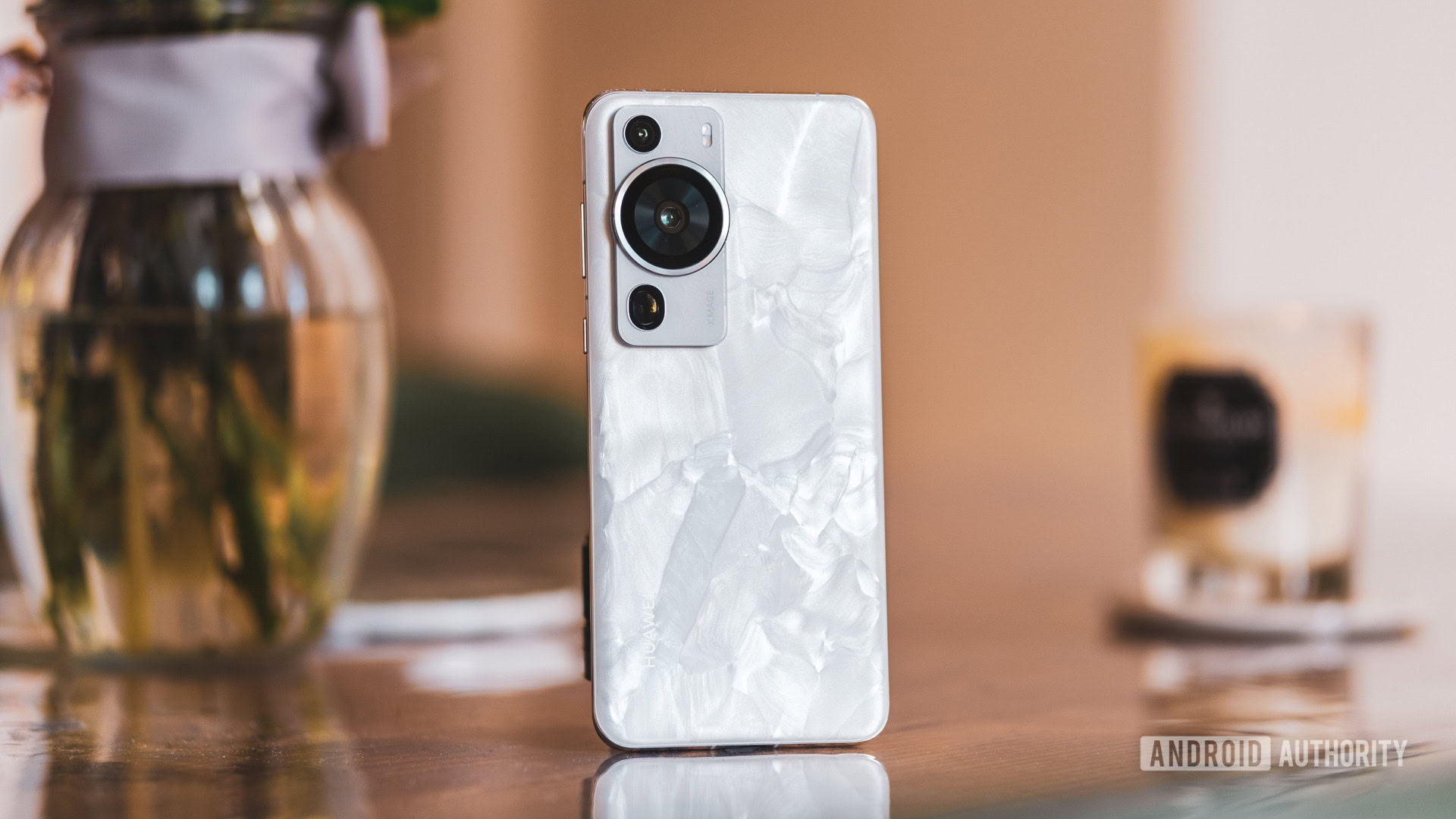
Robert Triggs / Android Authority
I haven't forgotten that the HUAWEI P60 Pro is also a phone, so let's dive into the pros and cons of everyday use.
First, this is a true flagship phone that goes beyond the camera. The 120Hz LTPO OLED panel is very responsive, hitting 120Hz in nearly every app I tested, the refresh rate only dropping to 60Hz when you stop interacting with the screen. It's also great to look at. Not everyone will like the curved edges of the glass, but it makes the 6.67-inch panel easier to use with one hand and features premium build quality. With an IP68 rating, HUAWEI's Kunlun Glass protection, and a gorgeous design from the Rococo Pearl version we reviewed, this phone definitely has the look and feel of an ultra-premium smartphone.
The HUAWEI P60 Pro flaunts the best hardware wherever you look.
Loading is also good. The included charger attractively has an 88W SuperCharge USB-A port and a 45W USB-C powered port for charging tablets and laptops. It only takes 35 minutes to fully charge your HUAWEI P60 Pro with SuperCharge. It also offers 50W fast wireless charging.
Meanwhile, the Qualcomm Snapdragon 8 Plus Gen 1 processor, while not the latest, outperformed every app and game I ran. We had some doubts about the possibility of stress testing the phone; it may not be the most reliable gaming partner for long sessions, but otherwise we can't complain.
But that brings us to the biggest drawback: no Google Mobility Services. Yes, you've heard this before; The absence of Google Play Store and popular apps has become an accepted fact in the HUAWEI ecosystem these days. Some can live without it, but I still can't say that AppGallery is enough to be a viable alternative, despite HUAWEI's claims of ever-improved developer support.
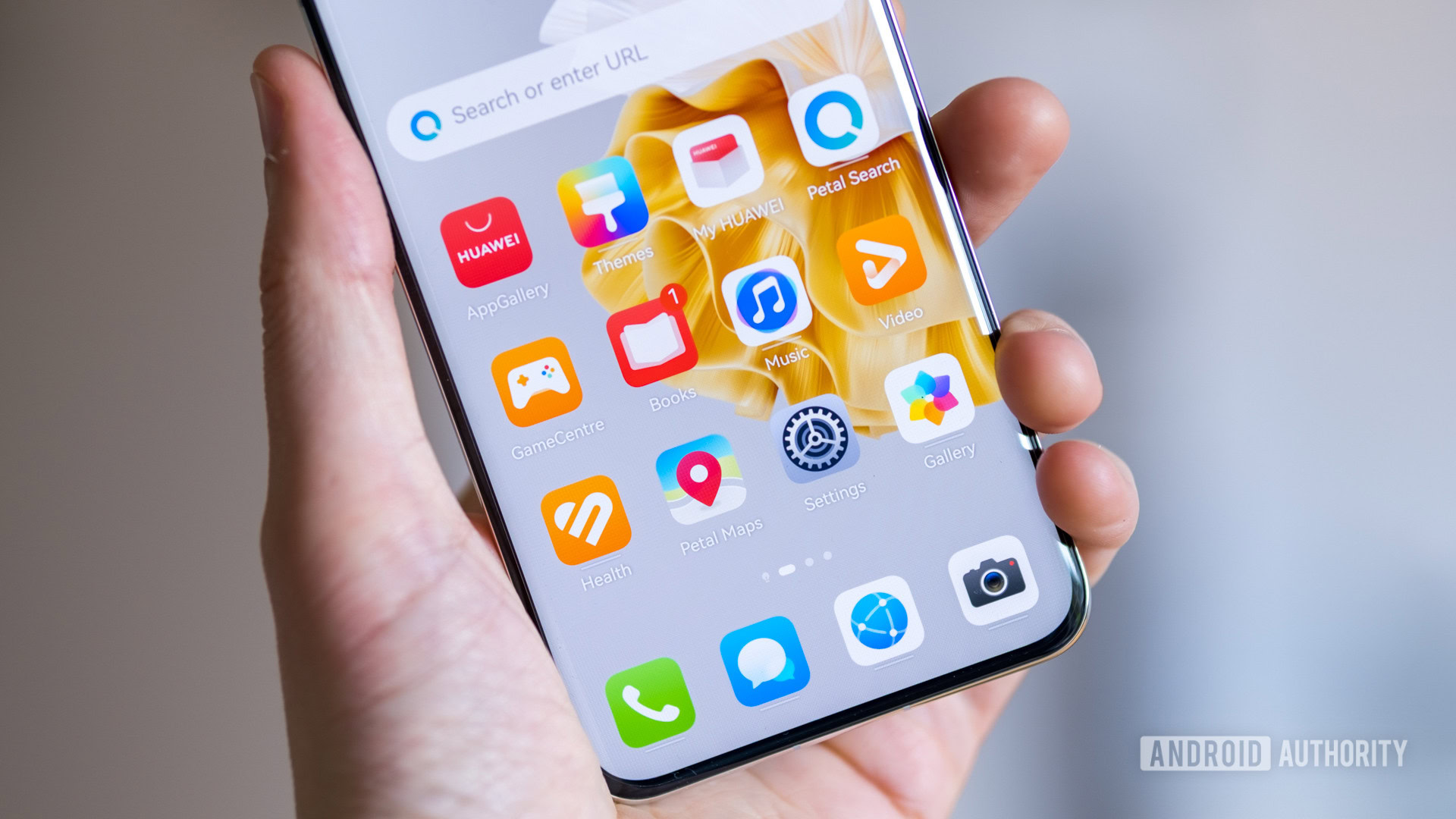
Robert Triggs / Android Authority
For example, I can only find one of four banking apps to install. Likewise, I had to grab WhatsApp, Spotify, and other APKs from third-party services, which isn't quite the experience you'd expect at this premium price point. Especially if you want to play the latest games without jumping through hoops.
However, AppGallery is not completely software-free: Tidal, Telegram, Opera and others are available locally. Petal Maps is also a great alternative to Google Maps, but I was able to do without all the other pre-installed malware that takes ages to remove. However, I am very pleased that the unwanted ads and notifications that plagued last year's model have gone away, making the overall EMUI experience much more enjoyable. The P50 Pro's software is really bad, so it's great to see HUAWEI taking the feedback into account and making the necessary changes to the P60 Pro.
EMUI is cleaner and more elegant than ever.
Unfortunately, EMUI 13.1 is still based on AOSP API 31 (just like Android 12). There's also no strict update commitment from HUAWEI, which isn't reassuring when you can get five years of support from a growing number of Android brands.
HUAWEI P60 Pro Review: Is It Worth Buying?
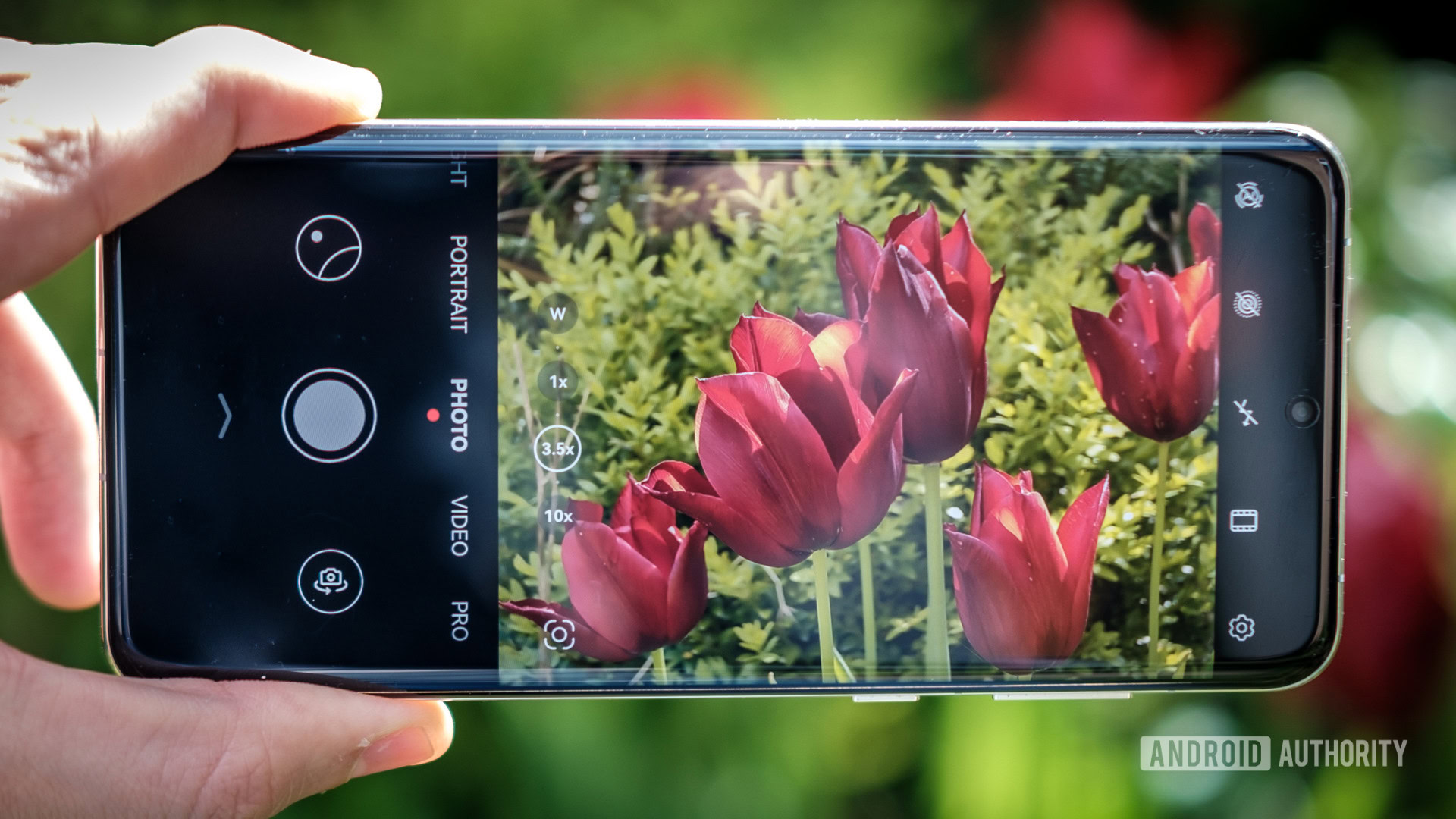
Robert Triggs / Android Authority
HUAWEI's reputation as a reliable photographer is confirmed once again by the P60 Pro. The phone's low-light, zoom, and manual functions match and even surpass those you'll find on other smartphones focused on high-end photography. If you are serious about mobile photography and want a smartphone that won't let you down, the HUAWEI P60 PRO should be on your shortlist.
Cameras aside, the problem with HUAWEI flagships is that you buy old technology elsewhere. The phone's processor is a year older than the best available at launch, doesn't support 5G networks, EMUI is still based on the Android 12 equivalent without a firm commitment to future updates, and it still has "no Google" due to the ongoing trade embargo between the United States and Huawei.
HUAWEI's reputation as a reliable photographer is once again confirmed by the P60 Pro.
Of course, £1,199 / €1,199 (~$1,259) beats the best from Apple and Samsung, but it's not enough to justify all these compromises. Another £50 will get you the Samsung Galaxy S23 Ultra ($1,199.99 at Samsung) and you'll find the Apple iPhone Pro ($999.99 at Best Buy) priced on both sides of the HUAWEI P60 Pro, depending on whether you find it in the EU. . or England. Of course, Google has a great camera package in the Pixel 7 Pro ($799 on Amazon) that costs a lot less than all of these options.
But true camera lovers on a shoestring, ready to live without Google, can definitely take the plunge and buy the HUAWEI P60 Pro, and they definitely won't be disappointed.

